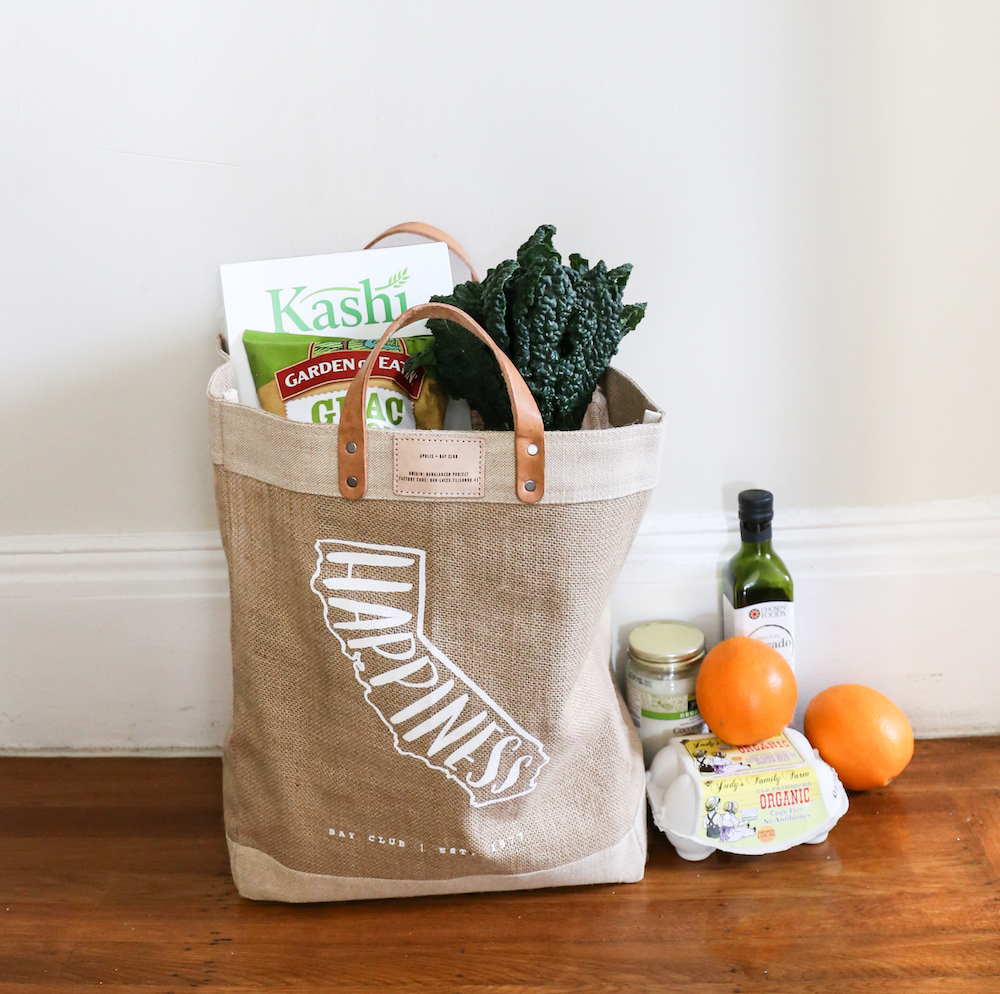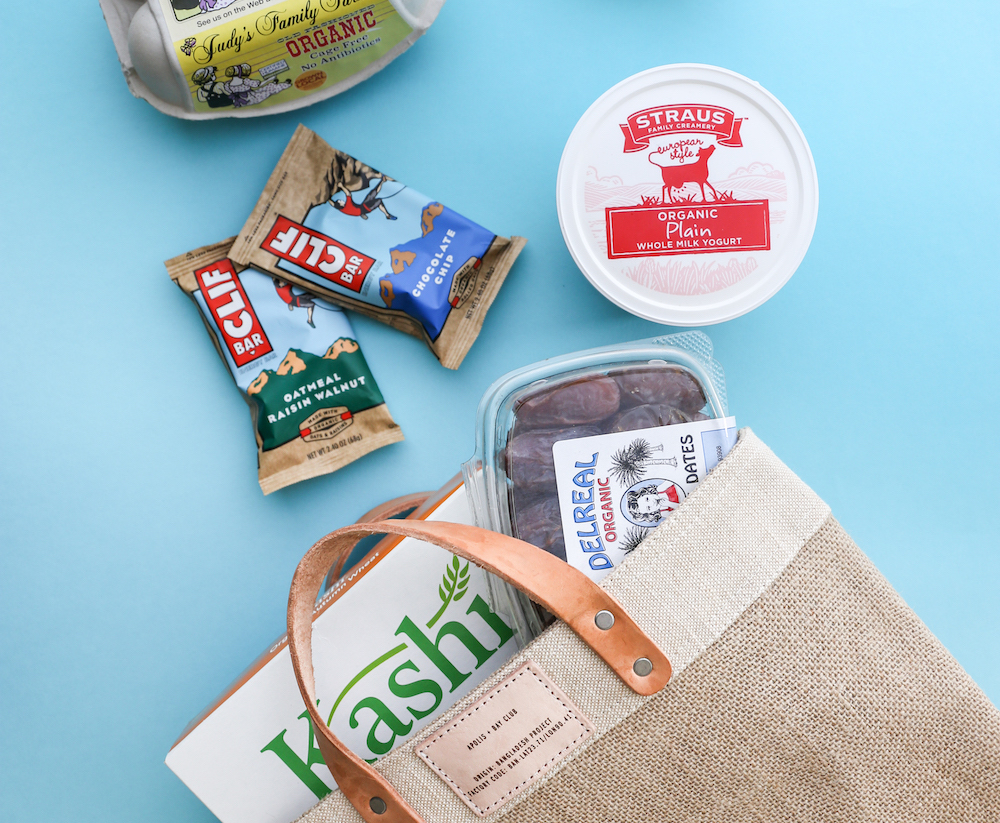They say knowledge is power. When it comes to deciphering the labels on your food, we couldn’t agree more—and we’re not just talking the nutrition label that lists your fat, carbohydrate, sodium, and sugar content. Now when you go to the store, there are catchy labels on almost everything (spare the produce aisle…for now). Your eggs say “free range,” your cottage cheese says “organic,” and your snacks read “all natural.” It can be a little tricky knowing what each of these labels mean, which ones are most important to you, and how to shop accordingly. We set out to crack the code behind the terms used on popular food labels, so you can shop smarter and eat healthier.
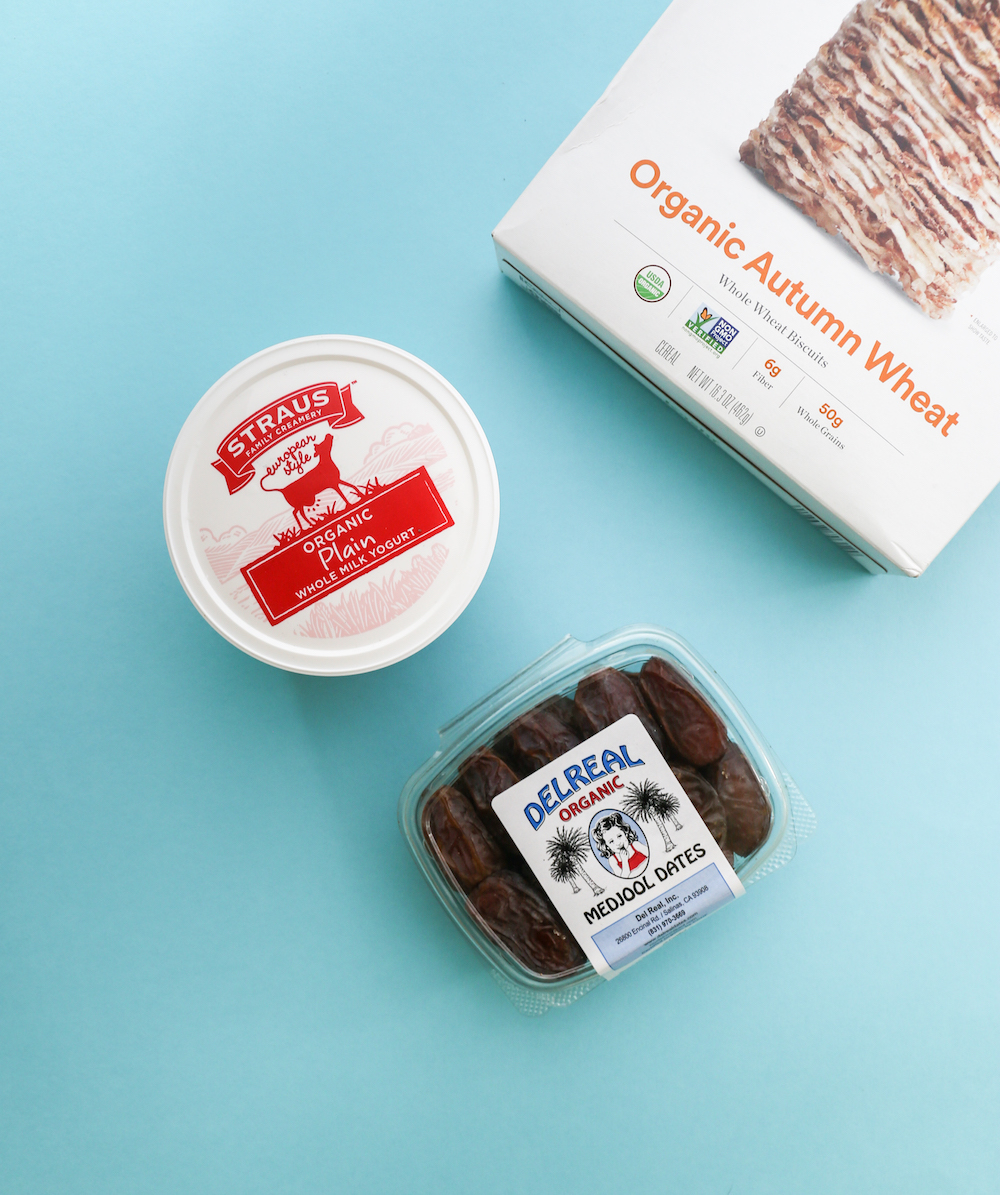
Organic: This may be one of the more complicated labels, so stick with us. Anything that has an “organic” label should also be attached to “USDA” or “Certified Organic.” This means the ingredients in the product must be 95% or more certified organic—meaning they are free of synthetic additives (pesticides, chemical fertilizers, dyes). But one important thing to note is that small farming operations can’t always afford to go through the pricey process of being certified by the USDA as organic, so you’re the farm stand at your favorite farmer’s market may not be able to claim they are “organic,” even if they don’t use pesticides, dyes, etc.
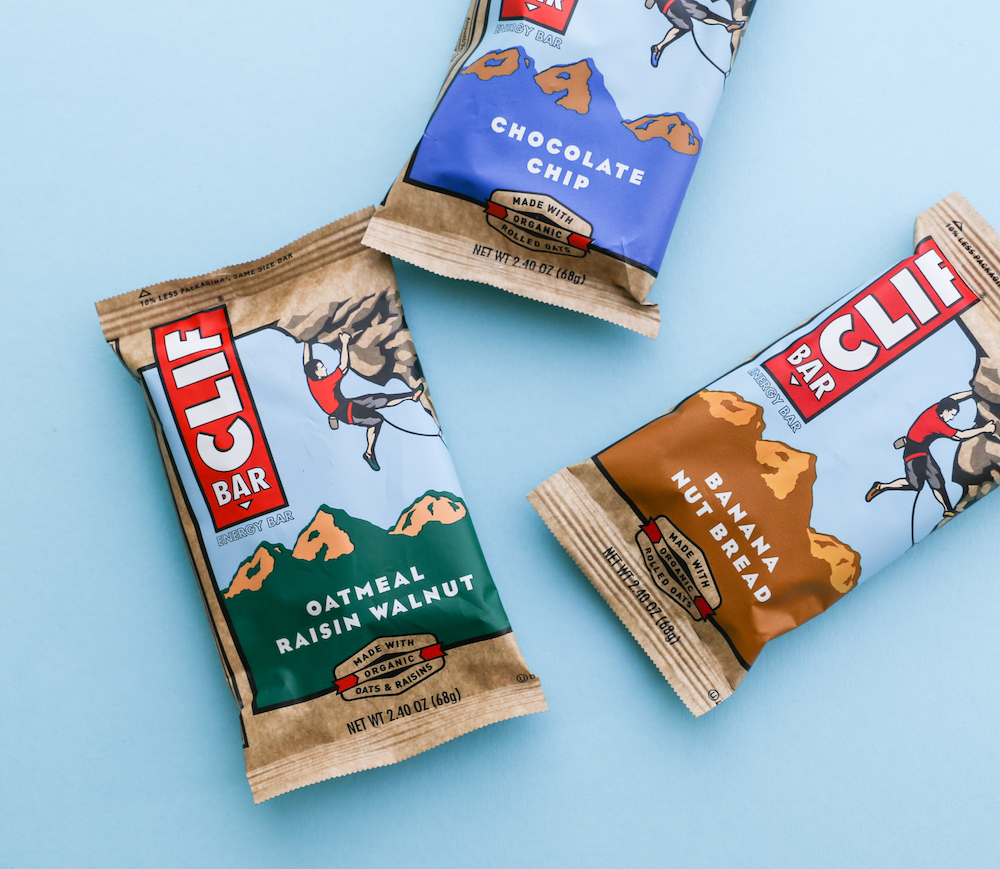
Made With Organic Ingredients: Ah, it gets trickier here still. This label means organic…kinda. If a product has this label, it’s made with a minimum of 70% organic ingredients. The remaining 30% must contain no GMOs, along with a few other restricted chemicals and preservatives.
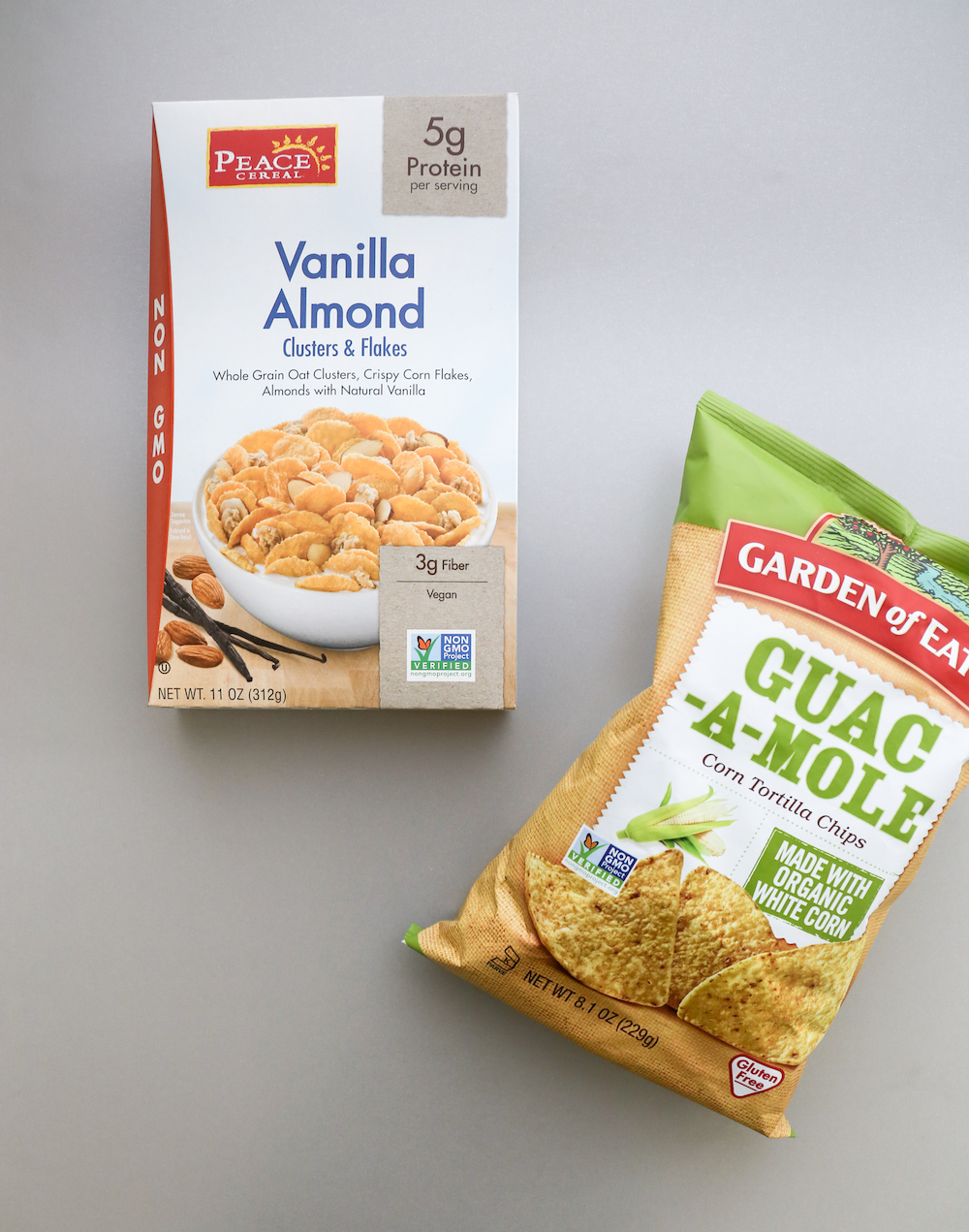
Non-GMO: You might recognize the “Non GMO Project” label throughout Whole Foods and small organic groceries. The “Non-GMO Project” label verifies that a product doesn’t contain genetically modified (GMO) ingredients, or, technically less than 0.9% GMOs. But non-GMO doesn’t necessarily mean “organic,” so foods with only these labels could also still contain synthetic pesticides and roundup herbicides.
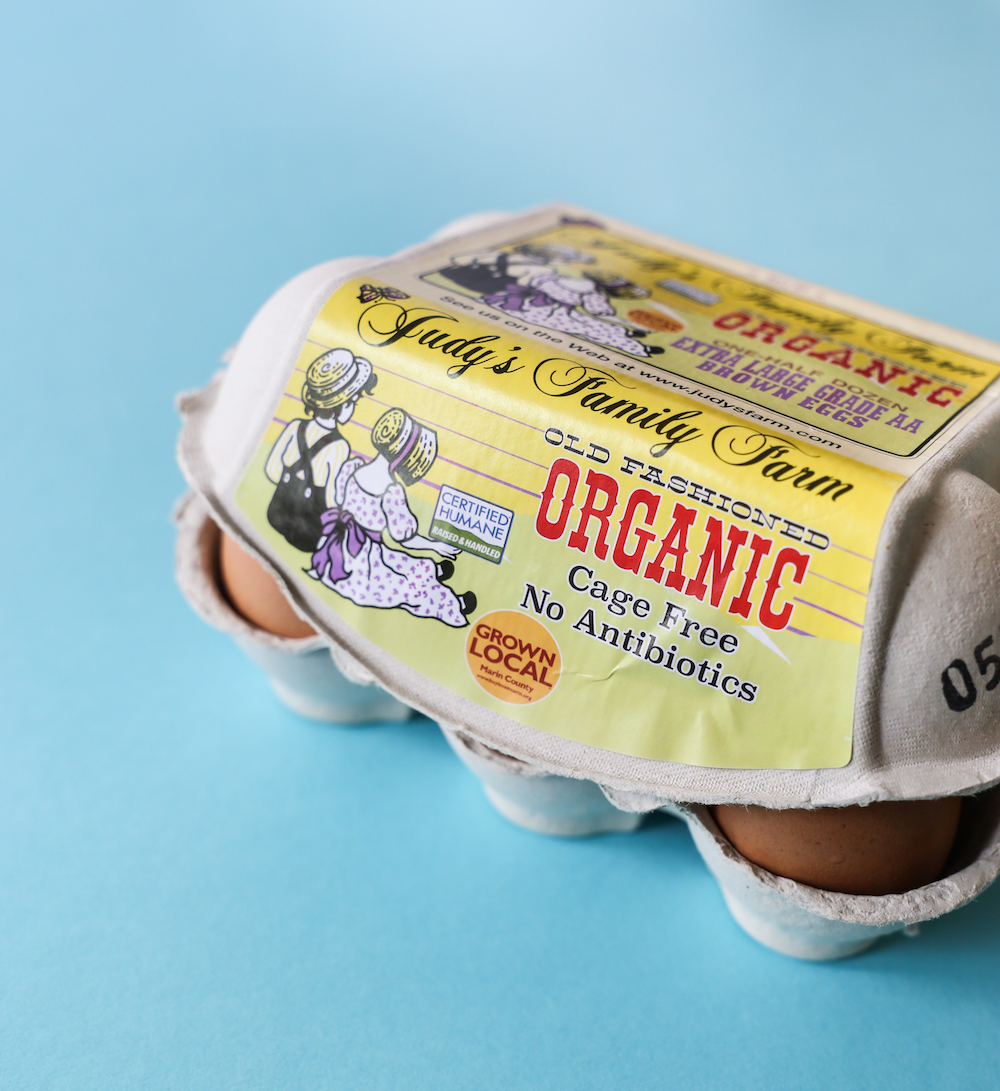
Local: While we’re all about supporting our local vendors and communities, the label “local” really doesn’t mean much, because there is no standardized way to determine what is local and what isn’t. Companies can consider themselves local, even if they’re within the same state (and as Californians living in a rather large state, we know that’s not a great measure of what’s local. Rhode Island, on the other hand, may be a different story!).
Free-Range: Free-range chickens are given time outside a cage, but it varies by the producer as to how much time. Some chickens that have been raised in a free-range production may spend hours roaming outside a cage, while others may get 20 minutes. If you’re really looking to shop ethically and want to buy only poultry or eggs that have led a life outside a cage, “Pasture-Raised” is the gold star for humane animal treatment.
Want more nutrition tips? Follow @bayclubs on Instagram, where we’re celebrating Nutrition Month all March.
